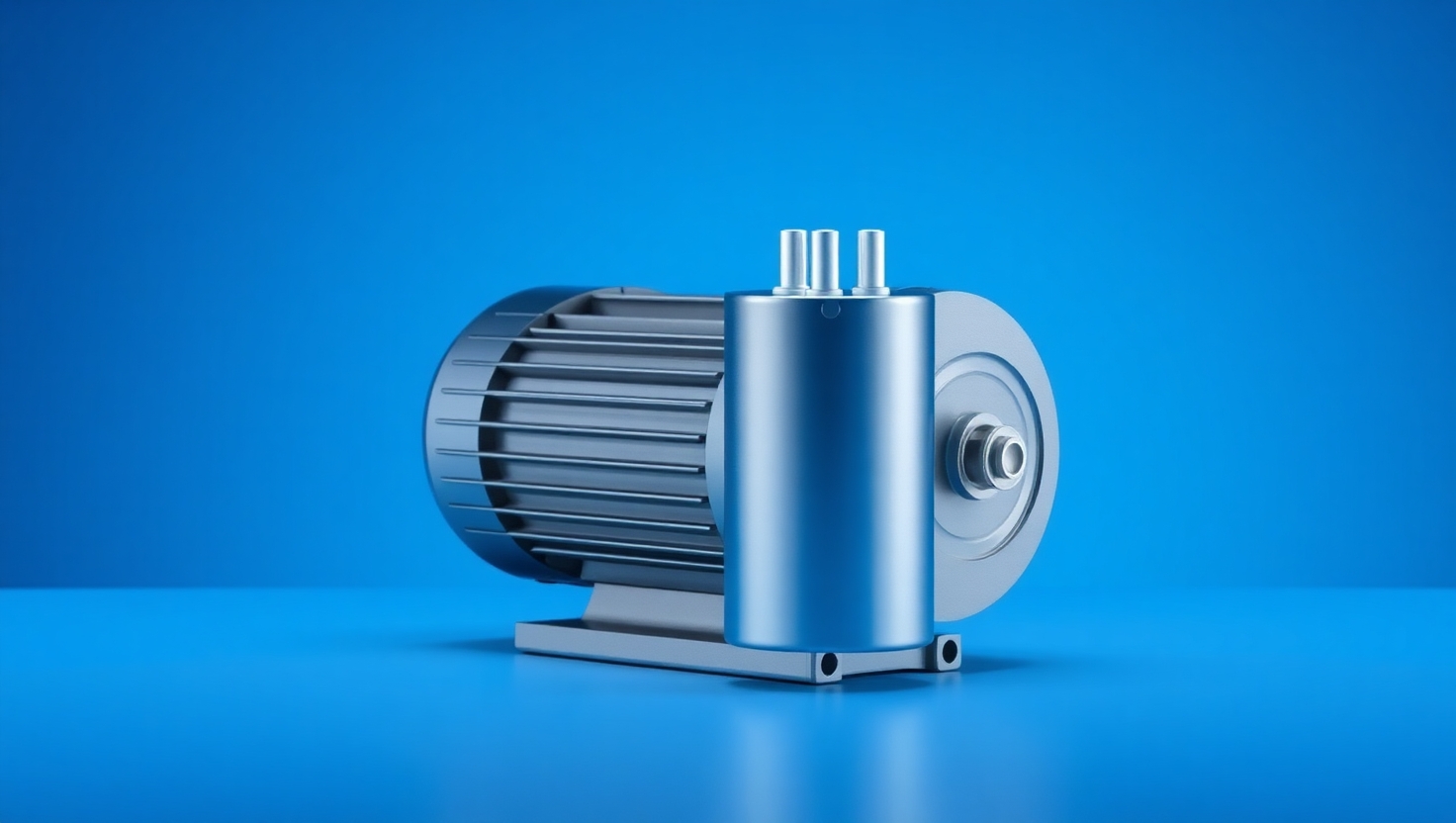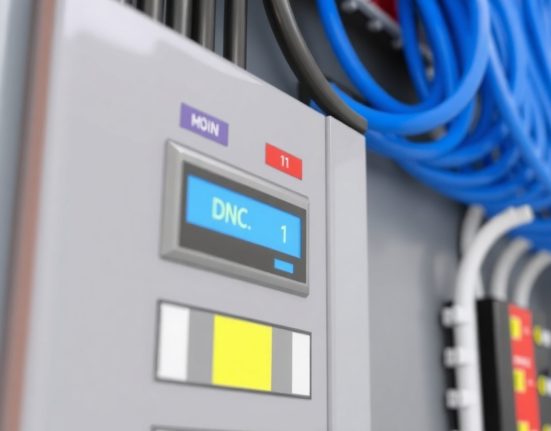Choosing the right capacitor for an electric motor is an important and sometimes tricky task that can have a big impact on the motor’s performance and lifespan. For anyone who works with electrical systems or in industrial settings, understanding how to pick the proper capacitor is key to ensuring smooth, efficient, and cost-effective motor operation. Over time, I’ve learned that this choice isn’t as simple as it might seem—it requires paying close attention to both technical details and practical considerations.
First off, it’s essential to know what role the capacitor plays in the motor. In most cases, the capacitor helps create the initial magnetic field needed to start single-phase motors, or it improves the motor’s electrical characteristics during operation. The capacitor has to deliver a high enough starting current to get the motor going and maintain proper current flow during use. So, selecting the right capacitor is directly tied to the motor’s voltage, capacitance rating, and the type of motor you’re working with.
When choosing a capacitor, one of the most important specs to look at is its capacitance, measured in microfarads (µF). The correct capacitance ensures the motor gets the right amount of starting current without strain. If the capacitor is too small, the motor won’t get enough power and might run inefficiently or even get damaged. On the other hand, a capacitor that’s too large can cause unnecessary power loss and reduce motor efficiency. Usually, it’s best to rely on the motor manufacturer’s recommendations or professional calculations based on the motor’s voltage, current, and speed.
Another thing to consider is the capacitor type and the materials it’s made from. There are electrolytic capacitors, polypropylene capacitors, and others, each suited for slightly different applications. Electrolytic capacitors, for example, offer high capacitance for a low price but tend to have shorter lifespans and less durability under tough conditions. Polypropylene capacitors, however, are generally more heat-resistant and better at handling vibration, making them ideal for demanding environments. Your choice should reflect the motor’s operating environment and how often it’s used.
It’s also worth paying attention to the capacitor’s voltage rating and power capacity. Make sure the capacitor can handle the motor’s operating voltage with some margin to spare, so it doesn’t fail prematurely or cause electrical faults. Ignoring this can lead to serious motor problems or even safety hazards.
Installing the capacitor correctly is just as important as choosing the right one. It should be placed where it can get proper airflow to avoid overheating, and connected securely to prevent electrical noise, damage, or shorts. It’s a good habit to check capacitors regularly for signs of wear like bulging or leakage and replace them as needed to keep the motor running smoothly.
At the end of the day, choosing the right capacitor is a mix of technical know-how, hands-on experience, and a solid understanding of the motor’s working conditions. Investing time in learning and research will pay off quickly with a motor that runs stable, efficiently, and lasts longer. That’s how I approach it—with enthusiasm and a desire to dig deeper—because when it’s done right, the difference isn’t just in the machine but also in the peace of mind of the person running it.









